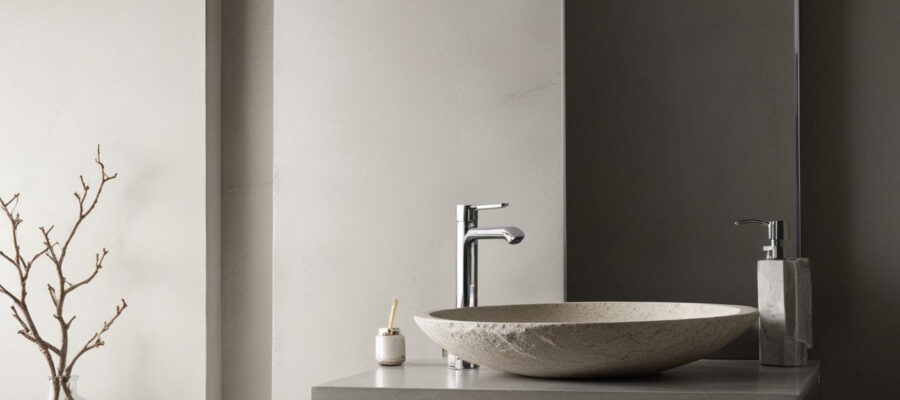Do you want to give character to your interior by dressing your walls with a natural and warm texture? The application of a clay coating is an ancestral technique which today finds a new youth, carried by the enthusiasm for solutions that respect the environment and well-being in the habitat. In, we are convinced that this method, in addition to being ecological, makes it possible to transform a wall into a real living work. So, how to put clay on a wall? It is both a question of technique, know-how and inspiration. You will discover in this article everything you need to know to succeed in this application, from the preparation of the surfaces to the tips to guarantee a homogeneous and lasting installation.
Why choose clay for your walls?
A natural and breathable solution

Clay has fascinating natural properties. Unlike synthetic paintings and plasters, it allows walls to breathe. This breathability guarantees a natural regulation of humidity in the room, which contributes to improving the quality of indoor air. The clay absorbs excessive humidity and restores it when the air becomes too dry. By applying a clay plaster, you create a healthy environment, especially for people with allergies or asthma. This breathable aspect makes clay an option particularly suitable for old houses, often sensitive to humidity lifts. Where a classic painting could flake over time, clay offers a more durable surface, while bringing a unique aesthetic touch thanks to its grainy and natural texture.
An ecological material
Opty for clay is to choose a material from nature, not transformed and non -polluting. The carbon footprint of the manufacture of clay -based coatings is much lower than that of conventional paintings, making it an ideal solution for those concerned with their impact on the environment. With, we always recommend combining sustainability and aesthetics in your projects. The clay fits perfectly into this approach. Using materials like clay helps reduce the consumption of non -renewable resources, while promoting an eco -responsible approach in the interior design.
Preparation of walls before applying clay
Existing surface analysis
Before starting the application, it is crucial to understand the nature of the wall on which you will put the plaster to the clay. If you work on a new support, such as plaster or placo, the surface must be properly prepared to accommodate clay. A too smooth wall will not retain the coating optimally. It is therefore recommended to apply a grip primary that will promote the adhesion of clay. In the case of an old wall, it will be necessary to check the condition of the support and possibly make repairs. If the wall has cracks or irregularities, a preliminary rebut work is necessary. The objective is to obtain a flat and solid enough surface to avoid detachments or cracks after application.
Humidification et protection
The clay needs a slightly humidified support to adhere well. Before applying the plaster, remember to moisten the wall using a water sprayer, especially in summer or if the room is particularly dry. This will prevent the clay from drying too quickly and cracking. It is also essential to protect areas not affected by the application of clay. Use masking tape around plinths, windows and doors to avoid dirtying adjacent surfaces.
Preparation of clay plaster
Choice of materials
Not all plasters of clay are created equal. At, we offer natural plasters formulated from pure clay, without adding chemicals. This purity guarantees both sustainability and aesthetics of the final rendering. You will also find various colors, from ocher to gray, to adapt to all your decorative desires. The preparation of the plaster is a key step. It is often enough to mix the clay powder with water, depending on the proportions indicated by the manufacturer. Take care to mix gently to avoid the formation of lumps. Then let the mixture stand for a few minutes, allowing the clay to soak up properly.
Texturisation et pigments
The clay allows an almost infinite personalization of your walls. You can play with the texture by adding fine or coarse sands to obtain a more or less rough effect. Natural pigments also offer the possibility of coloring your coating according to your tastes. However, be careful to dose these pigments well, a small amount is often enough to obtain a harmonious colorful result. If you want a perfectly smooth rendering, you can opt for a fine plaster. For those in search of a more raw, more authentic appearance, the big grains will give a particularly interesting textured appearance.
Application of clay on the wall
Essential tools
The application of a clay plaster requires the use of suitable tools. You will need a Taloche to spread the coating, a trowel for the finishes and possibly a plate if you are looking for a perfectly smooth rendering. For small areas or delicate areas, a small spatula will also be useful. During the application, start by depositing the plaster on the clay on the Taloche, then spread it on the wall in circular or straight movements, depending on the effect sought. The important thing is to distribute the clay in a homogeneous manner over the entire surface.
Technical gestures
Applying clay is manual work that requires patience. It is not just about spreading the plaster, but working it so that it fits perfectly on the wall. Once the plaster is applied, it is advisable to smooth the surface with the Taloche in order to eliminate any hollow or bumps. If you prefer a more textured rendering, you can leave the plaster as is or use a damp sponge to create material effects. Drying must be done slowly, in an airy room but without direct air flow to avoid cracks.
Finishes and maintenance of your clay walls
Aesthetic finishes
Once the clay is applied, several finishes are possible. You can, for example, add a lime milk to protect the surface and give it a slightly satin appearance. Some also choose to apply a natural wax, which brings a touch of shine while protecting the coating. For a matt and natural effect, it is quite possible to leave the raw coating. This option is often chosen from rustic or industrial style houses or apartments.
Interview over time
Clayed walls do not require rigorous maintenance. However, to keep their natural beauty, it is advisable to dust them regularly with a dry or slightly damp cloth. In case of stains, you can use a damp sponge without detergent, but be careful not to rub too vigorously to avoid damaging the plaster. Clay, by its ability to regulate humidity, ages well over time. However, if you notice small cracks, it is possible to fill them simply with a little clay mixture.
Applying clay on your walls is choosing a living, breathable material, and in perfect harmony with current ecological concerns. In addition to bringing a unique aesthetic, clay connects you to ancestral know-how. A clay wall is a way of bringing a touch of nature in its interior, while enjoying a healthier and lasting environment. With, you have the guarantee of a natural, quality product, which adapts to all your decorative desires. So ready to transform your walls into real works of art?
latest posts published
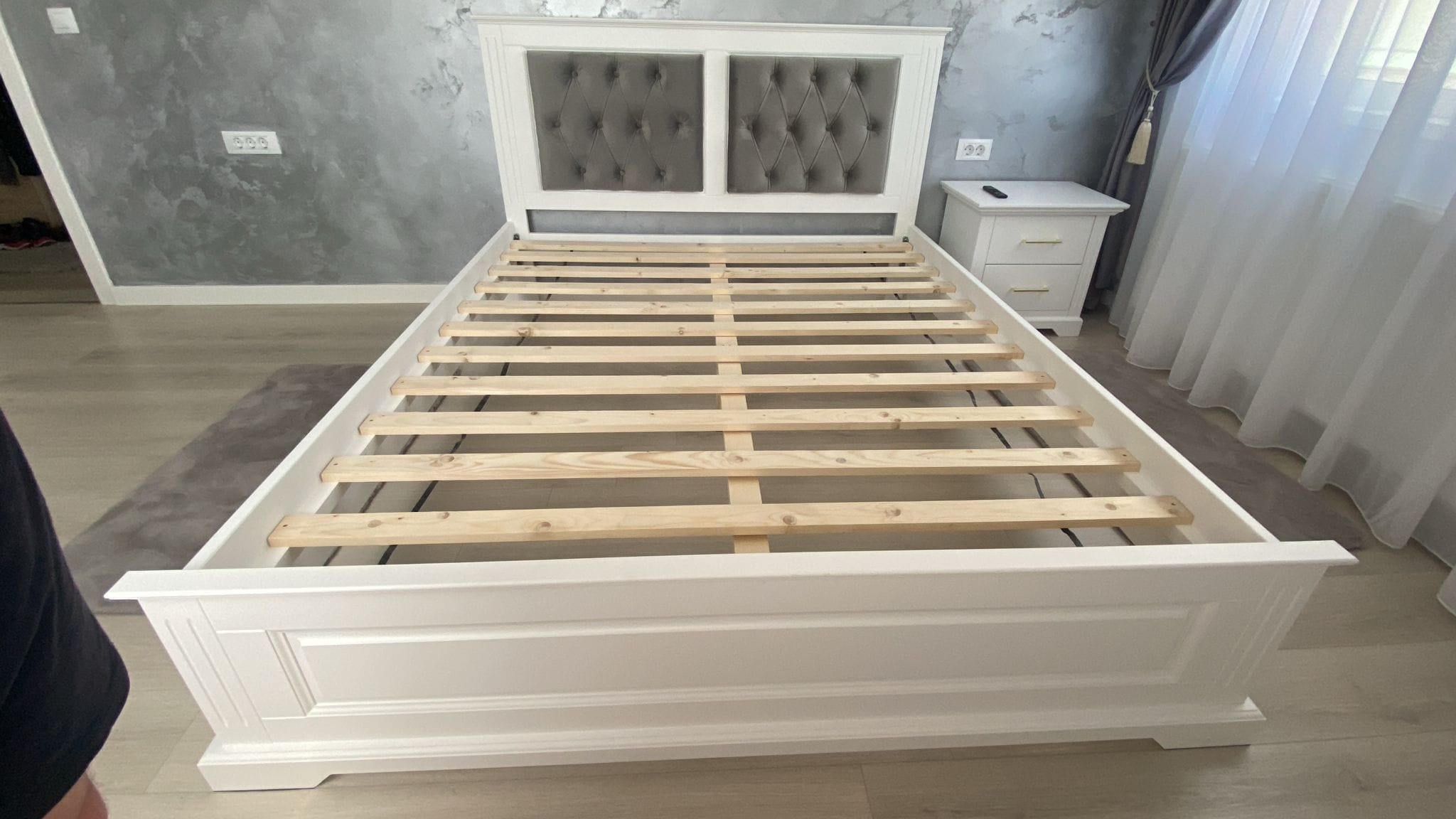
The natural essence for personalized bedroom
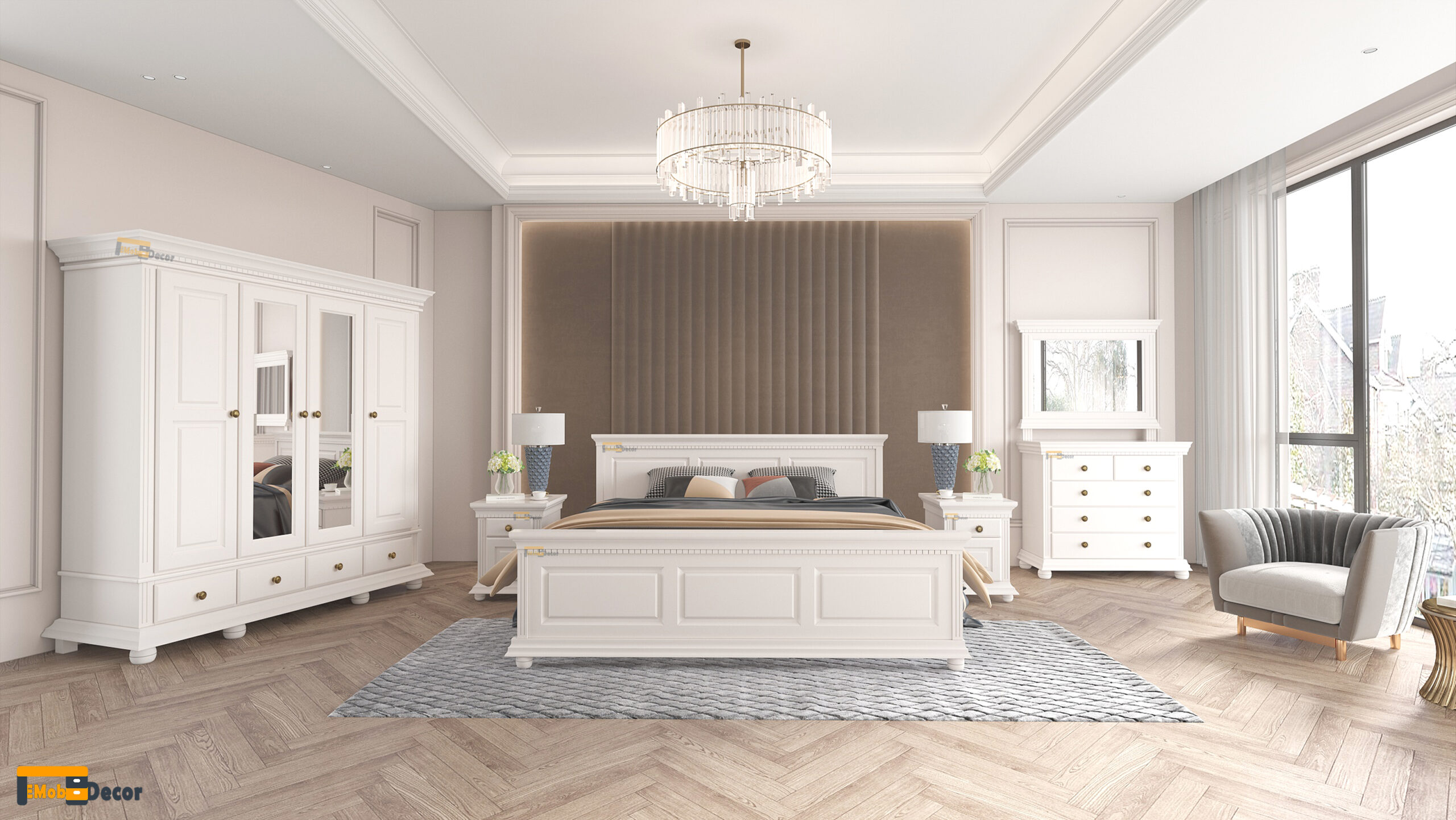
The foundation of an authentic, natural bedroom

10 bedroom arrangement ideas for a new beginning »EmobDecor
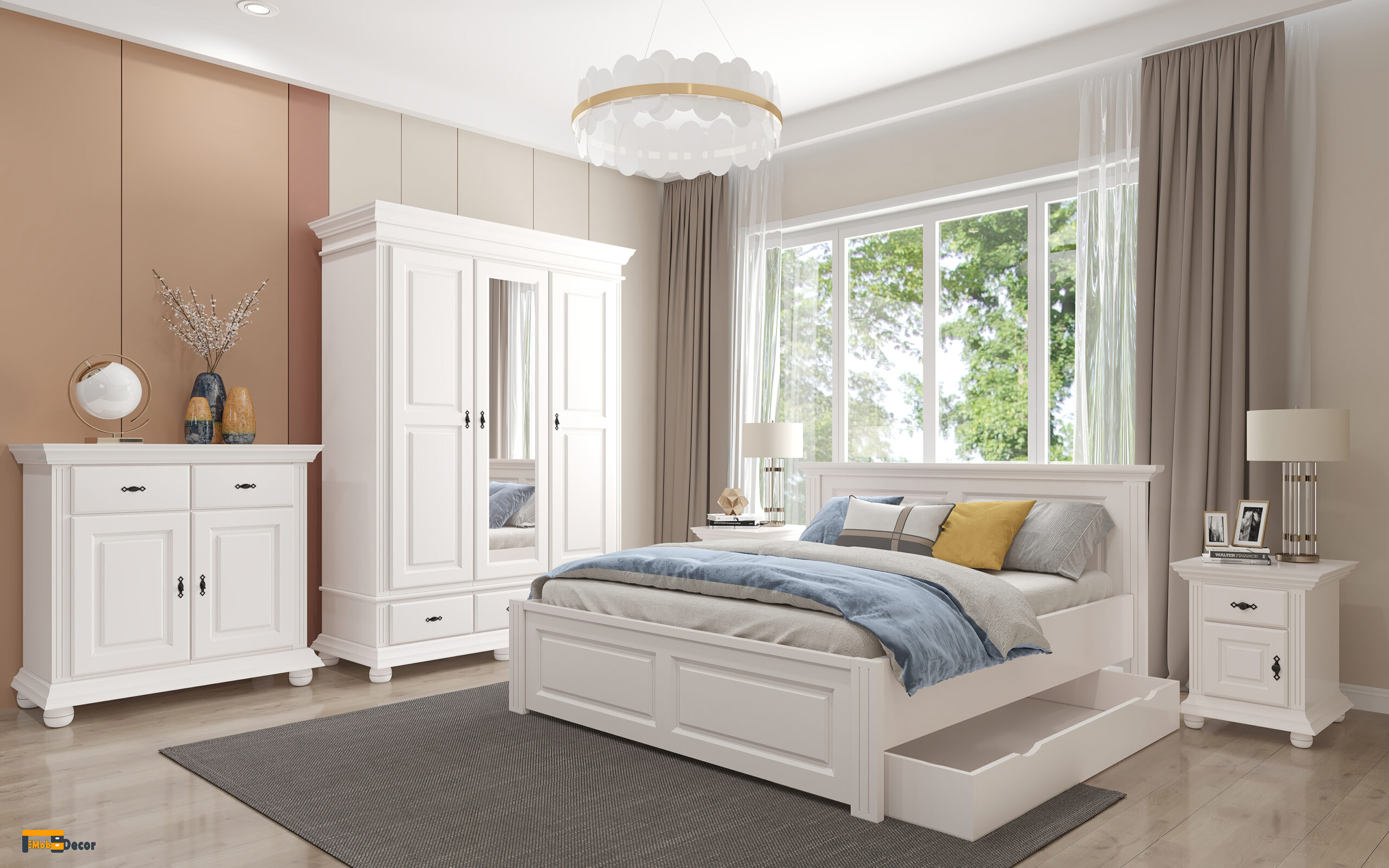
a way to express your personal style
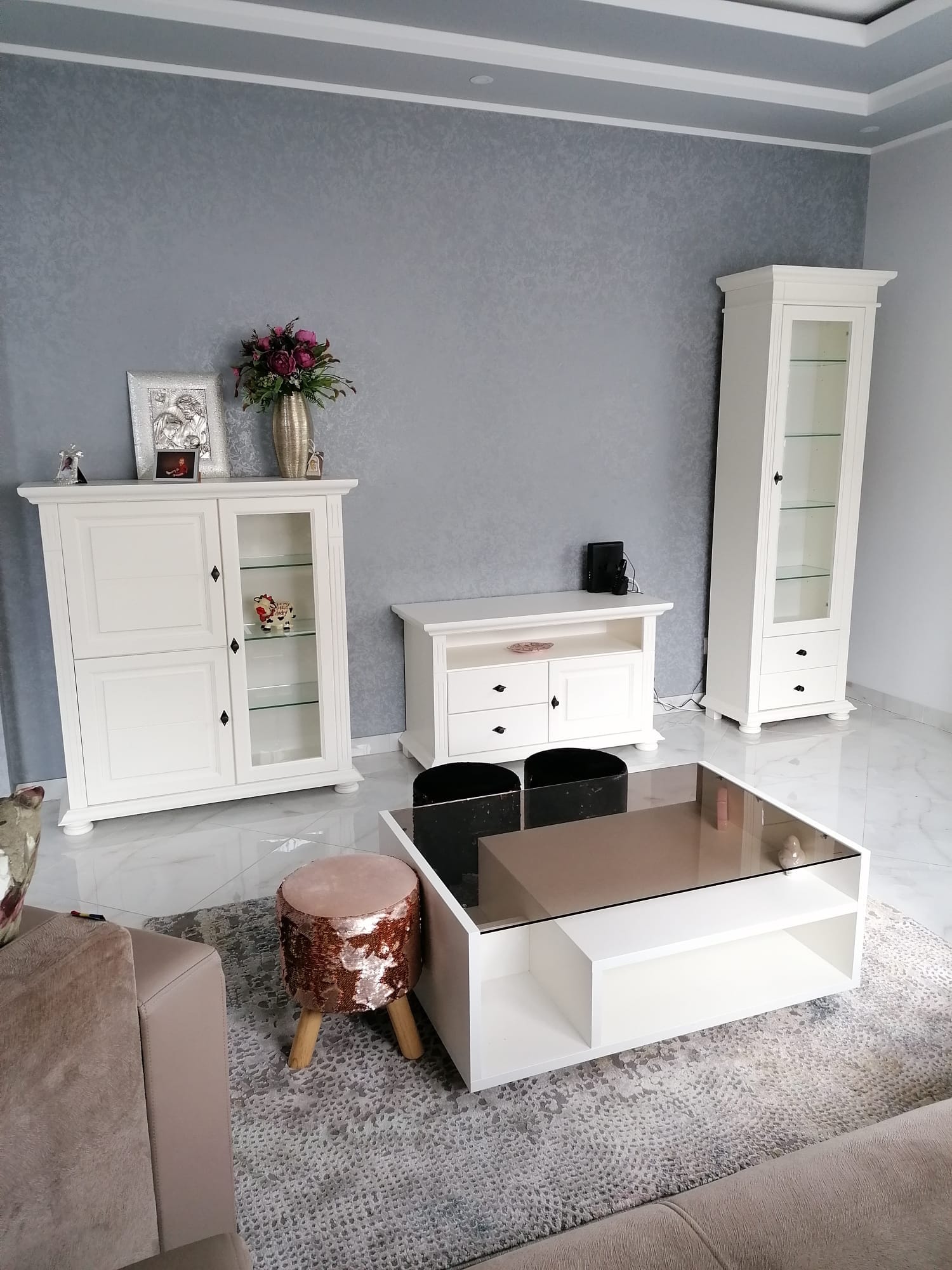
5 tips to find the right offer

Bed upholstered with folding bed: ideal solution
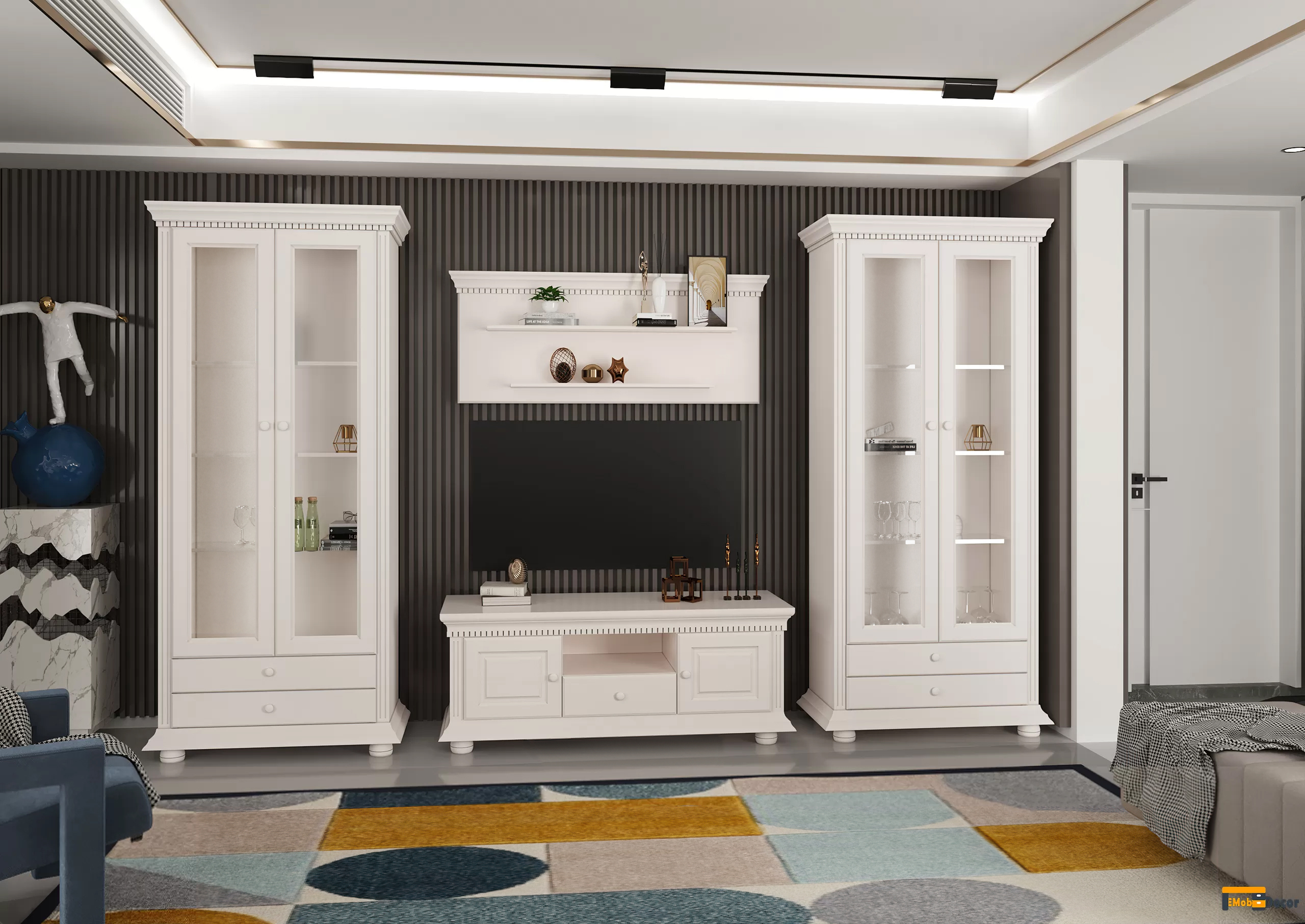
Living solid wood: turn it into a natural refuge

Uses these interior design ideas house in the country
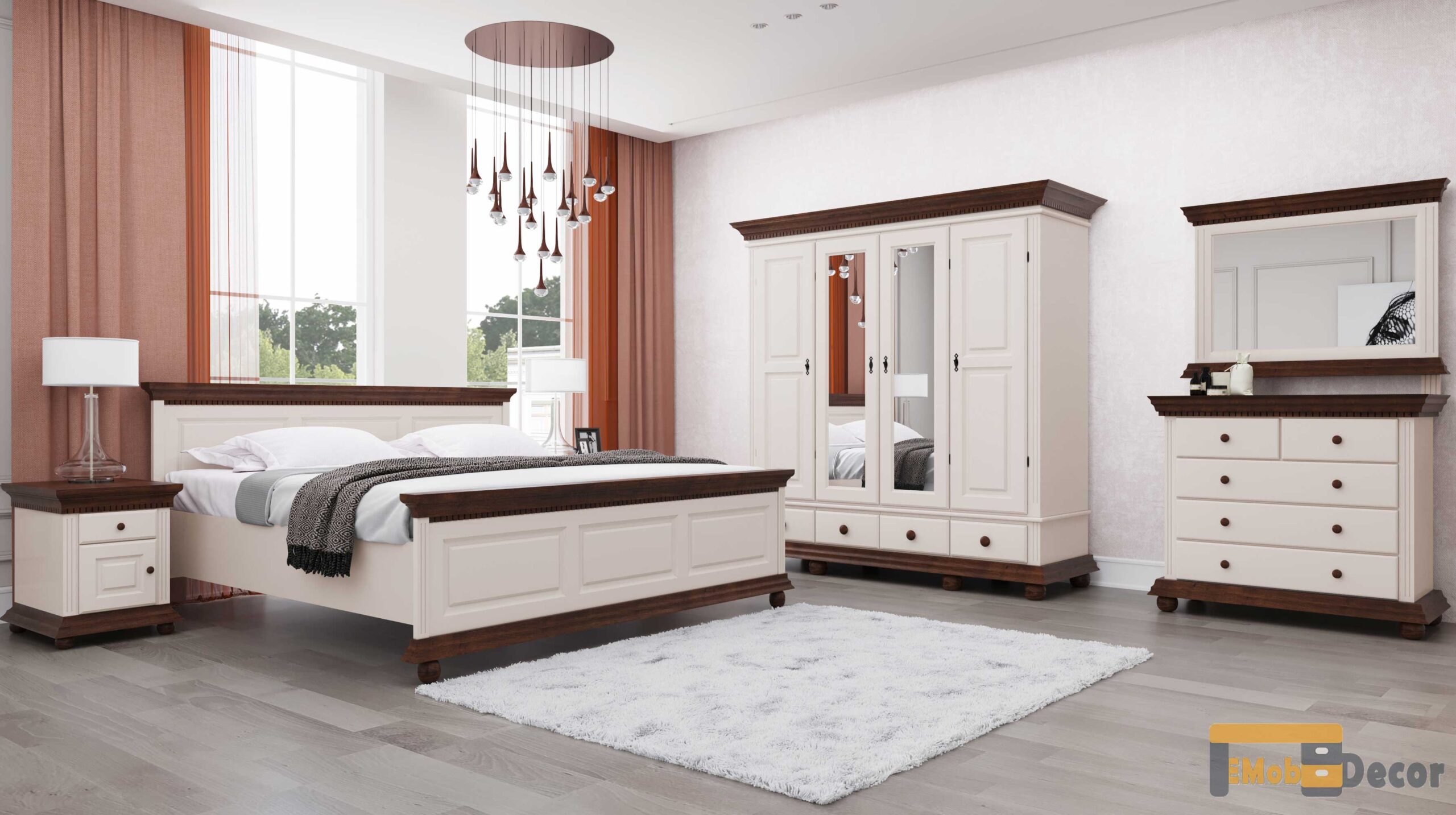
Models and modern curtains – tips and ideas »


